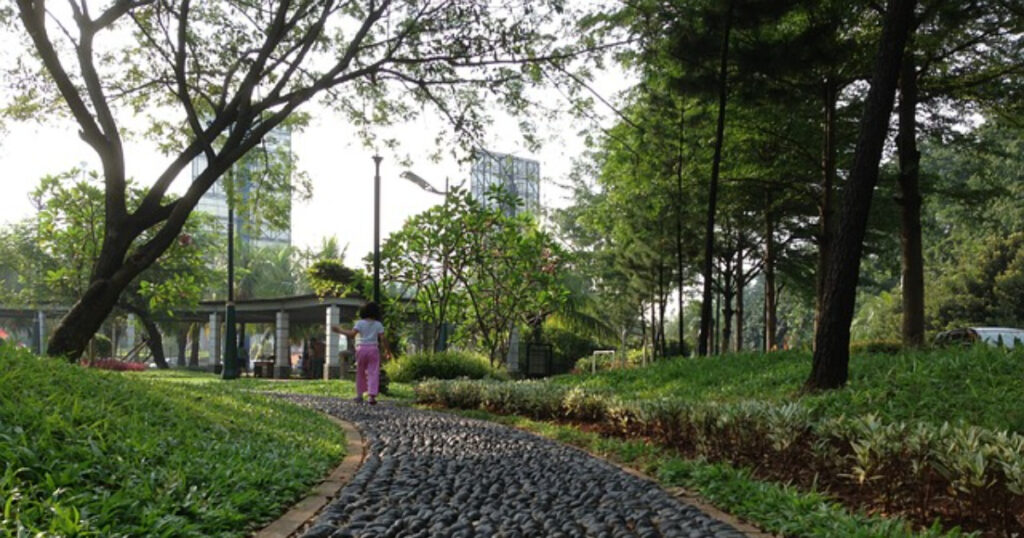Having green spaces in the cities generates many benefits for the health of the people and the environment. environment and people, by reducing heat islands, lowering temperatures and improving humidity and air conditions, among others.
Before the climate crisis the world is facing, the UN established a global agreement signed by 198 states that committed to adopting the Agenda 2030 which marks 17 Sustainable Development Goalsamong which the 11th speaks of Sustainable Cities and Communities.
One of the actions to achieve this goal is to ensure that everyone has access to green spaces and to address the environmental impact of cities. The creation of urban forests o pocket forests is one way to advance this objective.
Urban areas are often grayed out by pavement and asphalt that increase ambient temperatures, so creating urban forests helps mitigate these effects, as well as providing valuable environmental services to cities.
"Parks, green spaces and waterways are important public spaces in most cities. They offer solutions to the impact of rapid and unsustainable urbanization on health and well-being. The social and economic benefits of urban green spaces are equally important, and should be considered in the context of global concerns such as climate change and other priorities set out in the SDGs, including sustainable cities, public health and nature conservation," the UN stresses.
During one year, a mature tree will absorb about 22 kilograms of carbon dioxide from the atmosphere and, in exchange, will release oxygen. Each year, it is estimated that 1.3 million trees remove more than 2,500 tons of pollutants from the air, according to an article in World Economic Forum.
SUGia non-profit organization that has planted 124 pocket forests in 29 cities around the world, claims that when several species are grown together, the trees grow faster and capture up to 6 percent more CO2.
Every 10 percent increase in green space is associated with a reduction in disease equivalent to a 5-year increase in life expectancy.
Modeling studies of urban temperatures over the next 70 years project that in urban areas where green cover is reduced by 10 percent, urban temperatures could increase 8.2 °C above current levels.
Sources: UN, World Economic Forum


